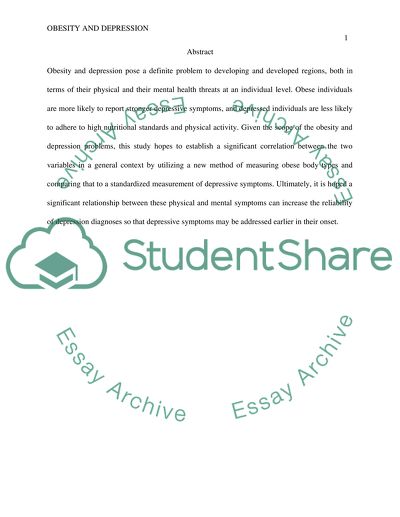Cite this document
(“The Relationship between Obesity and Depression: Co-morbidity of the Research Proposal”, n.d.)
Retrieved de https://studentshare.org/psychology/1392515-the-relationship-between-obesity-and-depression-co-morbidity-of-the-physical-and-the-mental
Retrieved de https://studentshare.org/psychology/1392515-the-relationship-between-obesity-and-depression-co-morbidity-of-the-physical-and-the-mental
(The Relationship Between Obesity and Depression: Co-Morbidity of the Research Proposal)
https://studentshare.org/psychology/1392515-the-relationship-between-obesity-and-depression-co-morbidity-of-the-physical-and-the-mental.
https://studentshare.org/psychology/1392515-the-relationship-between-obesity-and-depression-co-morbidity-of-the-physical-and-the-mental.
“The Relationship Between Obesity and Depression: Co-Morbidity of the Research Proposal”, n.d. https://studentshare.org/psychology/1392515-the-relationship-between-obesity-and-depression-co-morbidity-of-the-physical-and-the-mental.


